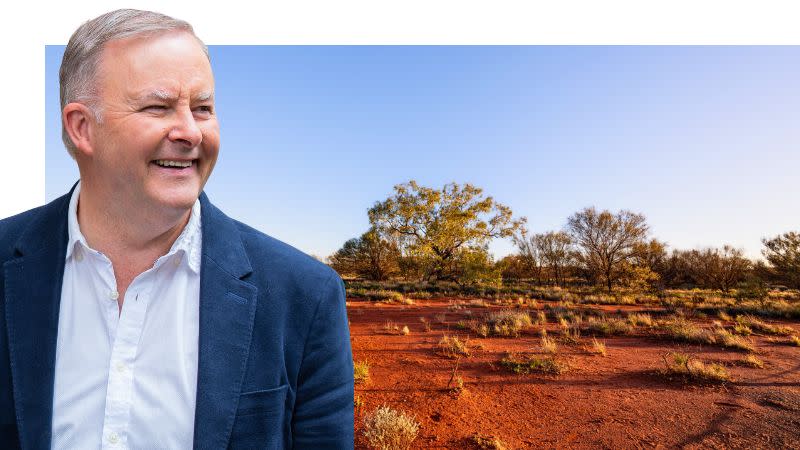Resources
Newsletter
Stay up to date and with the latest news, projects, deals and features.
Subscribe
The Albanese Government has unveiled a $4-billion plan to build up to 2700 homes for Indigenous Australians in the Northern Territory during the next decade.
Speaking during a visit to the small community of Binjari, near Katherine, Prime Minister Anthony Albanese said the program—jointly funded by the federal and territory governments—would build up to 270 homes a year, and seek to halve overcrowding in the Northern Territory.
Albanese said the “landmark agreement” would help close the gap between Indigenous and other Australians.
“The Northern Territory has the highest level of overcrowding in the country which we are working to halve by building 270 houses each year,” he said in a statement.
“We are committed to practical actions that improve the lives of First Nations people. Today’s announcement will improve housing conditions in remote communities and help close the gap between Indigenous and non-Indigenous Australians.”
A partnership agreement will be set up between the two governments, as well as Aboriginal Housing NT—the territory’s main First Nations housing body—and Aboriginal Land Councils.
While most of the funding is for new houses, the Federal Government is also committing $120 million over three years to match the Northern Territory’s annual investment for housing and infrastructure upgrades in homelands.
Minister for Indigenous Australians Linda Burney described the deal as “an historic investment”.
“Increasing housing supply will ease overcrowding which we know is a major barrier to closing the gap,” she said.
Northern Territory chief minister Eva Lawler said the program would “achieve unprecedented housing outcomes across the territory”.

“The years to come will provide homes for remote area residents that are safer and more secure, as well as employment and training opportunities for those who live in our communities and homelands,” she said.
Indigenous groups welcomed the announcement.
“We commend the federal and territory governments, land councils, and housing on this agreement, which will invest urgently needed funding to fix the longstanding remote housing crisis,” Wilya Janta’s chief executive, Dr Simon Quilty, said.
“The current model of community engagement in housing design is failing,” he said. “Homes in remote communities are overcrowded and overheated, fuelling the social, health and cultural inequities faced by Aboriginal communities.”
Wilya Janta is an Aboriginal-led organisation dedicated to bringing culturally safe and climate-appropriate housing to remote Aboriginal communities in the Northern Territory. It’s a collaboration between traditional owners, medical professionals, architects and area tradespeople.
“While commendable, this funding will only make a difference if governments are genuinely committed to engaging with community and working on innovative solutions to housing design and evaluation,” Quilty warned.
“Building houses is one thing, building trust and community is another.”
The Closing the Gap’s national target on housing is to increase the proportion of First Nation people living in appropriate housing to 88 per cent by 2031.